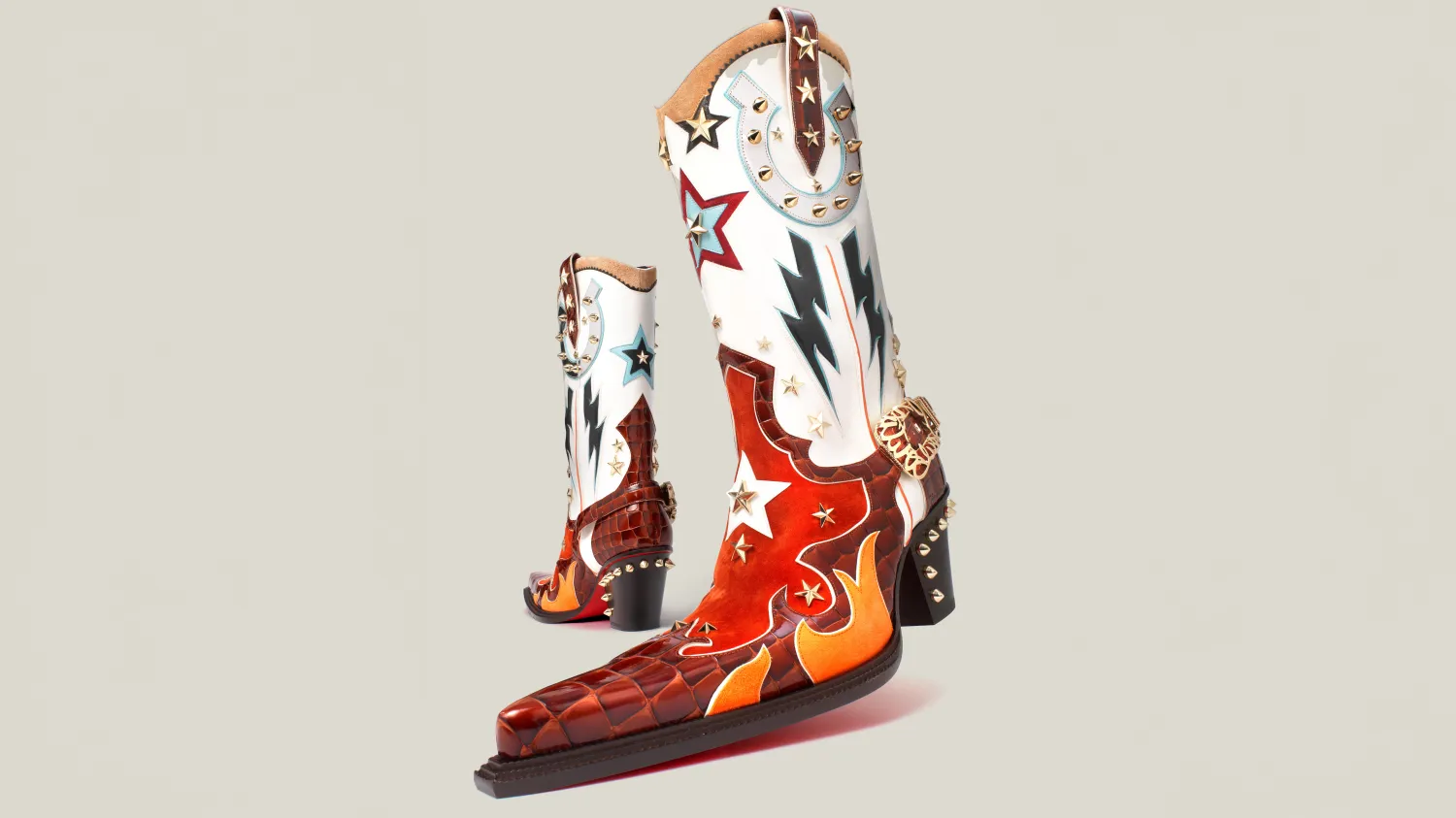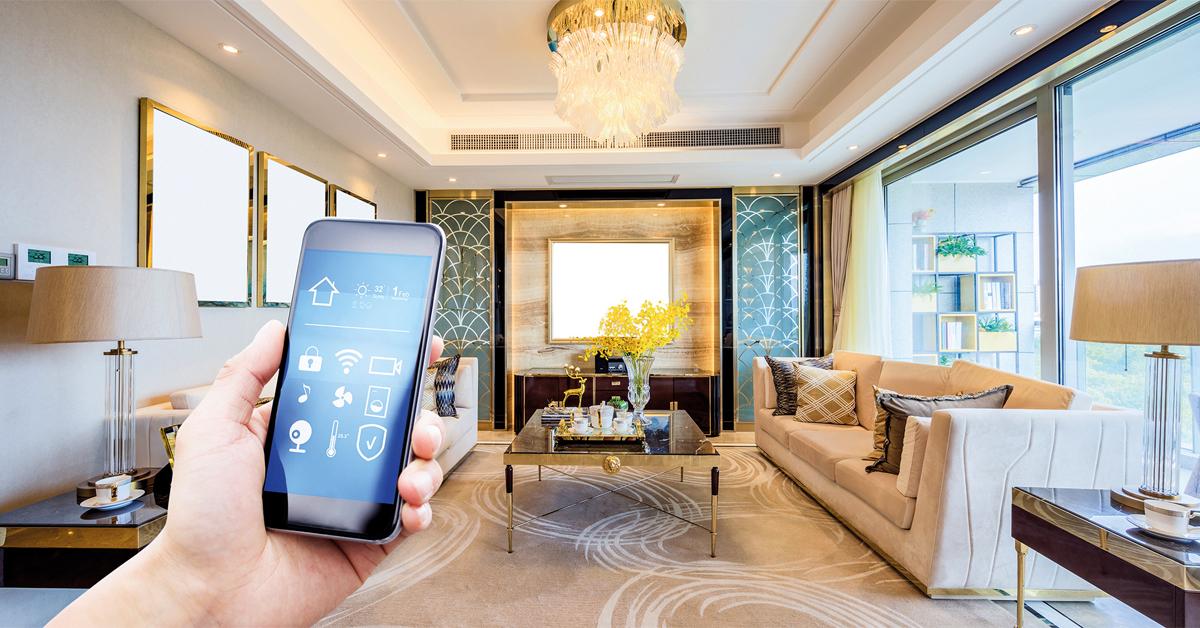The $3,000 handbag debate is sparking heated conversations among fashion enthusiasts, luxury shoppers, and athleisure fans alike. Should you invest in a high-priced luxury accessory, or channel that budget toward premium athleisure brands redefining comfort and status? This article dives into consumer psychology, real-world examples, expert insights, and current shopping trends to help readers navigate the intersection of luxury handbags and high-end athleisure.
Introduction
In today’s consumer culture, few debates are as fascinating as the one between luxury handbags and premium athleisure. A $3,000 handbag has long been the pinnacle of status, sophistication, and aspirational identity. But in recent years, athleisure brands like Lululemon, Alo Yoga, and even Nike’s high-end collaborations have become just as powerful in signaling success, health-consciousness, and modern luxury.
This isn’t just a fashion debate—it’s about how we prioritize identity, lifestyle, and financial trade-offs. Should you drop thousands on a luxury bag or redirect that same money toward athleisure apparel that’s wearable every day? Let’s unpack the cultural, financial, and psychological layers of this debate.
Why Is Everyone Talking About $3,000 Handbags vs. Athleisure?
The $3,000 handbag debate reflects more than fashion—it’s a cultural conversation about value, identity, and status in consumer spending. Handbags from brands like Hermès, Chanel, and Dior have long symbolized timeless wealth, exclusivity, and heritage. But in the past decade, athleisure has risen as a new form of luxury. Wearing limited-edition yoga pants or sneakers isn’t just about fitness; it’s about identity.
Real-life example: In 2024, The New York Times reported that millennial and Gen Z consumers were twice as likely to splurge on performance-based fashion compared to traditional luxury accessories. This shift reflects a change in priorities—people want items that not only look good but also enhance daily life.
What Does a $3,000 Handbag Represent in Today’s Market?
A handbag priced at $3,000 or higher isn’t just leather, metal, and stitching. It’s a carefully crafted symbol of luxury. It represents artistry, exclusivity, and sometimes, financial acumen.
Why are luxury handbags so expensive?
- Scarcity and exclusivity: Hermès Birkin bags are famously limited, with waitlists stretching for years.
- Craftsmanship: Many bags are hand-stitched by artisans trained for years.
- Premium materials: Exotic leathers, rare metals, and unique dyes add value.
- Celebrity influence: Seeing stars like Rihanna or Kylie Jenner carrying a brand elevates its desirability.
- Investment potential: Some handbags increase in resale value more than stocks.
Real-life example: Kylie Jenner’s handbag closet reportedly houses over 400 bags, many of which have appreciated in value. For her and other celebrities, luxury bags are both style statements and financial assets.
Is Athleisure the New Luxury?
Athleisure is no longer just about gym wear. It’s about blending comfort, performance, and style. Globally, the athleisure market is now valued at over $517 billion (Statista, 2024), and it continues to grow as people prioritize health and casual luxury.
Examples of luxury athleisure trends:
- Lululemon launches limited-edition drops that sell out in hours.
- Alo Yoga’s Beverly Hills flagship store is designed like a luxury boutique.
- Nike collaborates with Dior and Louis Vuitton, with sneakers retailing over $1,500.
- Beyoncé’s Ivy Park x Adidas collab generated $40 million in weeks.
Athleisure now holds the same social cachet as a designer handbag. Walking into a coffee shop in the latest Alo Yoga set signals wealth and trend-savviness just as much as carrying a Dior bag.

The Psychology: Why Do People Justify a $3,000 Handbag or $500 Leggings?
Spending big on fashion often boils down to identity signaling and emotional satisfaction. When you invest in luxury, you aren’t just buying fabric or leather—you’re buying an identity.
Questions consumers ask before spending:
- Does this purchase reflect who I want to be?
- Will others perceive me differently?
- Is this an indulgence or an investment?
Real-life comparison: For a Wall Street banker, a Chanel bag might scream success. For a Silicon Valley founder, the newest On Running sneakers or Lululemon gear might send the same signal—but with a modern twist. Both are about perception, but targeted at different audiences.
Comparing the Investment Value: Handbag vs. Athleisure
When weighing a purchase, Americans often ask: Is this item worth it long-term?
- Handbags as assets: Luxury bags can be resold at or above retail, especially limited editions. Platforms like The RealReal prove Chanel and Hermès consistently hold value.
- Athleisure’s value: Athleisure rarely has resale value, but it offers daily wearability. Wearing $500 leggings 200 times makes them more cost-effective than a $3,000 bag you carry twice.
Takeaway: Handbags are better financial assets. Athleisure is better for lifestyle value.
Would You Regret a $3,000 Handbag or $500 Athleisure Outfit?
Fashion regret often comes down to usage. Many consumers admit luxury handbags often sit in closets while athleisure is worn several times a week.
Real-life confession: TikTokers often showcase their expensive handbags collecting dust while praising their Lululemon pants they wear almost daily. Regret comes when fashion doesn’t match lifestyle.
FAQs: What Americans Are Asking About the Debate
1. Is a $3,000 Handbag Worth the Price?
For collectors and investors, the answer is often yes. Certain handbags, like the Hermès Birkin or the Chanel Classic Flap, are not just accessories but rare assets that appreciate in value. Some auction houses report Birkins reselling for over double their original retail price.
However, for daily use, many consumers find the price excessive. A $3,000 bag may not offer drastically more functionality than a $300 designer-inspired option. The value lies less in utility and more in prestige, craftsmanship, exclusivity, and brand heritage. Ultimately, whether it’s “worth it” depends on whether you view a bag as a fashion investment or a practical tool.
2. Why Do People Buy Expensive Handbags?
Handbags have long served as status symbols. For some, owning a Chanel or Dior piece is about communicating success, refinement, or belonging to a certain lifestyle. Others see handbags as investment assets that hold or grow in value.
Beyond money, luxury handbags represent craftsmanship, identity, and heritage. Carrying one can instill confidence, provide social validation, or even mark personal milestones—such as a promotion or life achievement. In short, the motivation is rarely just fashion; it’s emotional, financial, and cultural.
3. Is Athleisure a Better Investment Than Luxury Accessories?
Financially, no. Athleisure clothing has very limited resale value—your $120 Lululemon leggings won’t appreciate over time.
But practically, yes. Athleisure enhances daily comfort, mobility, and self-confidence. For people prioritizing wellness and lifestyle, spending on athleisure can feel more rewarding than purchasing a single luxury bag. In this way, it becomes a “personal return on investment” through better health, comfort, and confidence.
4. Are Expensive Handbags Still Status Symbols?
Yes, luxury handbags still carry cultural weight as symbols of prestige. However, younger generations—especially Gen Z and Millennials—are shifting priorities. Instead of showing off wealth through accessories alone, they emphasize wellness, sustainability, experiences, and hybrid fashion (mixing athleisure with luxury).
That said, in high-society and professional circles, a designer bag remains a recognizable symbol of affluence and taste.
5. Why Is Athleisure So Expensive?
Athleisure is not just clothing—it’s a lifestyle product. Brands invest heavily in:
- Fabric technology (moisture-wicking, breathable, shape-retaining materials).
- Aspirational branding (positioning athleisure as wellness-driven luxury).
- Community-building (events, yoga classes, influencer partnerships).
For example, Lululemon’s Align pants use a proprietary fabric called Nulu that feels weightless but lasts through years of washes. Consumers pay for both comfort and culture.
6. Do Men Spend $3,000 on Fashion Too?
Absolutely. The luxury men’s fashion market is rapidly expanding. Men are increasingly purchasing designer watches, sneakers, streetwear, and even handbags (like Louis Vuitton crossbody bags or Dior Saddle bags).
According to Bain & Company, men’s luxury spending has grown faster than women’s in certain categories, signaling that high-ticket fashion is no longer gender-exclusive.
7. How Do You Justify Spending on Fashion?
Justification depends on personal values:
- Collectors justify handbags as appreciating assets.
- Practical buyers justify athleisure as improving health, confidence, and comfort.
- Fashion enthusiasts justify luxury purchases as part of self-expression and lifestyle branding.
The key is aligning fashion spending with long-term goals—whether financial, practical, or emotional.
8. What Athleisure Brands Are Considered Luxury?
Several athleisure brands now straddle the line between fitness and fashion luxury, such as:
- Alo Yoga – celebrity-favorite brand blending yoga culture with streetwear.
- Lululemon – pioneers of high-performance lifestyle apparel.
- Vuori – known for premium comfort and sustainable practices.
- High-end collaborations – like Nike x Dior sneakers or Adidas x Gucci tracksuits.
These brands command high prices by mixing innovation, exclusivity, and brand prestige.
9. Will Athleisure Replace Luxury Fashion?
Not entirely. Instead, the two are increasingly coexisting. Consumers often pair luxury handbags with athleisure outfits, creating a hybrid “quiet luxury meets activewear” look.
Athleisure is redefining luxury fashion rather than replacing it. The future lies in blending functionality with aspirational branding.
10. Should You Buy a Bag or Upgrade Your Wardrobe?
This depends on priorities:
- A luxury handbag is about legacy, prestige, and potential resale value.
- An athleisure wardrobe is about daily comfort, versatility, and lifestyle enhancement.
If you want a long-term collectible, buy the bag. If you want to feel good every day, invest in the wardrobe.
11. How to Take Care of an Expensive Bag?
Proper care preserves both aesthetics and resale value:
- Store in dust bags when not in use.
- Avoid direct sunlight to prevent fading.
- Stuff with tissue paper to maintain shape.
- Get professional cleaning at least once a year.
- Avoid overstuffing to prevent stretching or interior damage.
Luxury bag maintenance is about longevity and preserving value.
12. Do Luxury Handbags Hold Their Value?
Yes, many luxury handbags are considered alternative investments.
For instance, a Hermès Birkin bag has historically appreciated in value faster than gold, with some models doubling within just a few years. Similarly, Chanel’s Classic Flap bags have seen consistent annual price increases due to limited supply and strong demand.
Not every bag appreciates, but certain “iconic” models hold and grow value—making them prized assets among investors and collectors.
Practical Advice Before Choosing
- Evaluate your lifestyle—do you value investment or practicality?
- Consider cost per wear. A $500 jacket worn hundreds of times may bring more value than a $3,000 handbag you rarely use.
- Buy handbags if you’re interested in resale or collection.
- Choose athleisure if you prioritize health, lifestyle, and comfort.
Conclusion
The $3,000 handbag debate isn’t simply about leather versus leggings—it’s about what modern consumers value. For some, handbags remain timeless investments with heritage and financial payoff. For others, premium athleisure provides more practical luxury, daily empowerment, and lifestyle identity.




